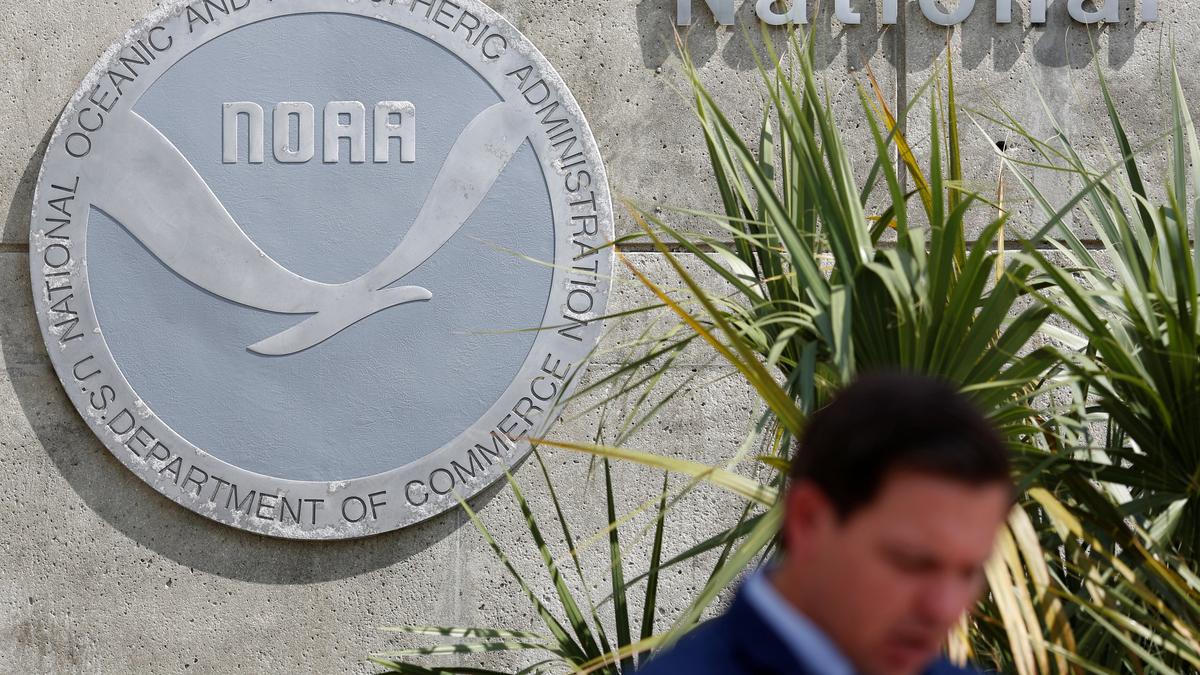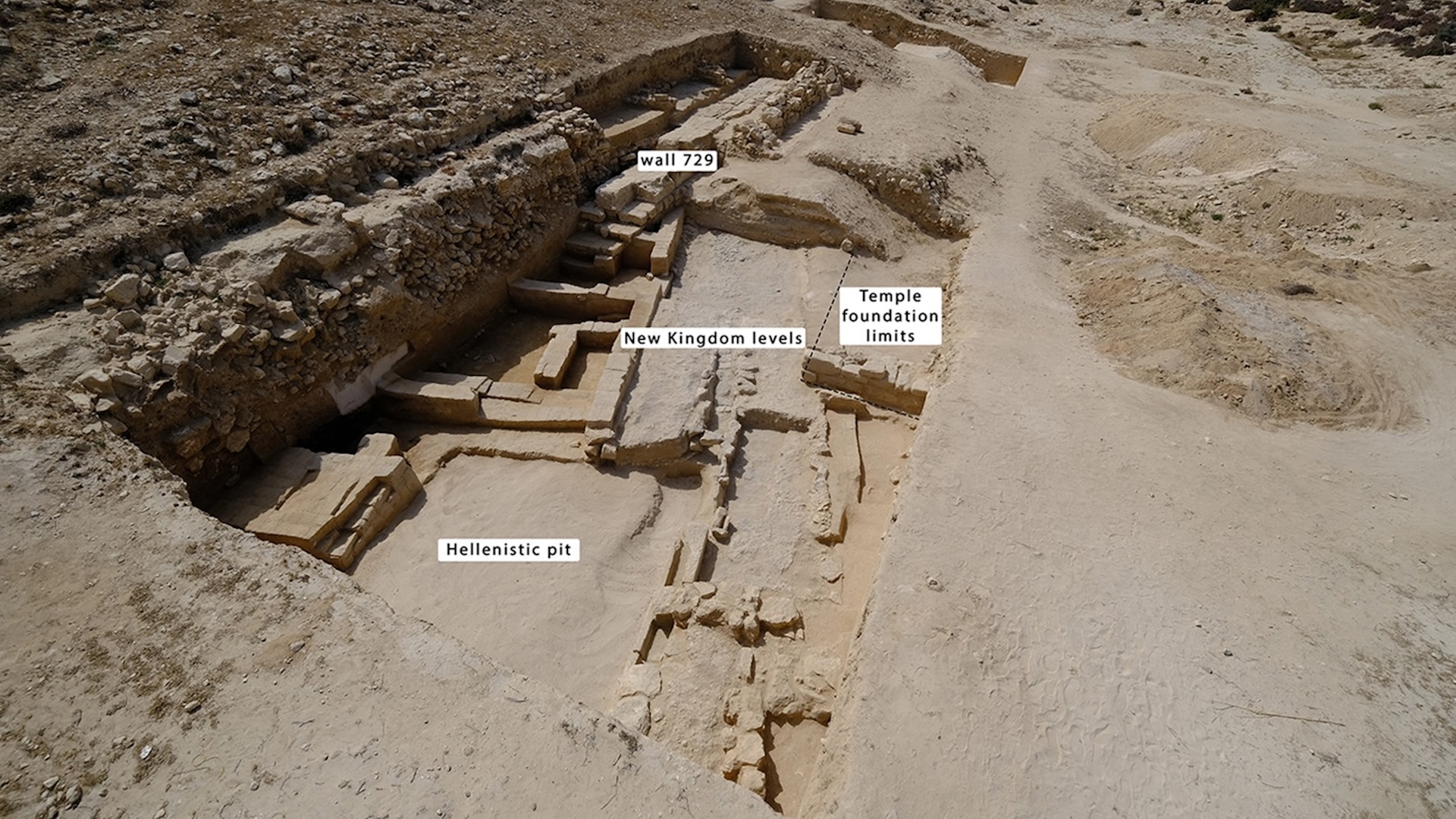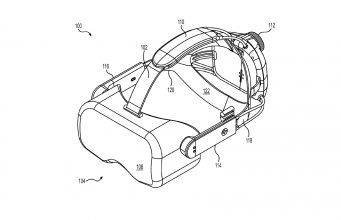Interoperability Supports Compassionate Care When Families Lose Loved Ones
The following is a guest article by Ladd Wiley, Public Policy Leader and Member of Board of Directors at Epic, and Michael Burns, PhD, MD, Assistant Professor of Anesthesiology and Associate Chief Medical Information Officer at Michigan Medicine Imagine losing a loved one and then continuing to receive healthcare appointment reminders for months afterward. Families […]

The following is a guest article by Ladd Wiley, Public Policy Leader and Member of Board of Directors at Epic, and Michael Burns, PhD, MD, Assistant Professor of Anesthesiology and Associate Chief Medical Information Officer at Michigan Medicine
Imagine losing a loved one and then continuing to receive healthcare appointment reminders for months afterward. Families across America experience this type of insensitive outreach every year because there isn’t a coordinated system to notify doctors when people die outside the hospital. In late 2023, researchers from UCLA Health in California published a paper showing that nearly 20% of the patients marked as “alive with a serious illness” in its medical record system were actually deceased.
Why does this happen? Legal hurdles and older data exchange pathways limit information exchange between healthcare systems and state-level data. For example, Rhode Island statute generally prohibits the release of death information except for approved research purposes or to a narrow set of requestors, including parents, siblings, legal guardians, attorneys-at-law, and members of legally incorporated genealogical societies. State vital records systems that track birth and death information often lack the technical ability to exchange information with the patient care system. The reporting systems are heavily reliant on manual processing, causing additional problems and inefficiencies in reporting a death to the state. Currently, physicians often fax death certifications to funeral directors who then further report the death to the state. In some states, the physician must log into a standalone portal to report deaths.
These outdated processes don’t work well for anyone. Funeral directors waste time that can be better spent caring for the deceased’s loved ones, while busy physicians have an administrative burden added to their clinical care responsibilities. Manual processes create risks of missingness and opportunities for error. Without this information in the electronic health record (EHR), healthcare systems don’t have a complete picture to help improve quality and operations. For families suffering a loss, delay in data can mean excessive wait times before a funeral can be scheduled, especially when death certificates are often required before cremation. These unnecessary waits have a disproportionate impact for people of religions and cultures where cremation is standard.
Automated data exchange between state governments and healthcare organizations through interoperability is the best path forward. The health IT industry has already developed the technology to solve the problem through a standard called FHIR (Fast Healthcare Interoperability Resources). This standard makes it easy for state systems to connect with any EHR vendor. FHIR standards are already being used in other areas to connect the patient care system and public health, such as health providers electronically report cases of infectious diseases to public health agencies.
Washington State and Wisconsin are already working to connect their vital records systems with EHRs. Regulations requiring the use of electronic death reporting are in place in Washington, and Wisconsin has moved even further, passing legislation requiring its vital records system to adhere to established industry standards for medical data exchange. Texas lawmakers are considering legislation to provide death data to hospitals, and Michigan lawmakers have introduced a bill to require electronic death reporting to their state vital records office. Legislation can help give state vital records offices direction to collect data electronically and the authority to share information with providers who may be unaware of their patient’s death.
At Epic, one of the nation’s leading EHR providers, we are supporting the states’ efforts by building bi-directional data exchange into our software. This allows physicians and states to seamlessly communicate electronically without fax machines or cumbersome web portals. Michigan Medicine, an Epic customer, has helped to provide recommendations on the software development and plans to improve the experience for patients and all stakeholders involved.
The leading work being done in Wisconsin, Michigan, Washington, and Texas are examples of the great laboratories of democracy in motion. Lawmakers in other states should evaluate regulations governing vital records access and, if needed, make the changes necessary to allow connections with EHRs. If every state and every EHR vendor embraces this pioneering approach, the potential benefits to reduce waste, improve healthcare data, and help families are enormous. Through bi-directional exchange of data, we can reduce unnecessary and insensitive communications to families who have loved ones and help them focus on what is important.
The technology to accomplish all of this is ready. It’s time for state governments, health systems, and the EHR vendor community to move forward.
 About Ladd Wiley
About Ladd Wiley
Ladd Wiley leads Public Policy at Epic and is a member of Epic’s Board of Directors. Prior to joining Epic, Ladd was in private practice in Washington, D.C., working in health policy and is an expert in the Senate confirmation process, having guided several cabinet-level and agency leaders through that process. Ladd previously served as the U.S. Department of Health and Human Services Principal Deputy General Counsel and Counselor to the Secretary. Before that, he was Chief Counsel to the Governor of Wisconsin.
 About Michael Burns
About Michael Burns
Michael Burns, PhD, MD, is Assistant Professor of Anesthesiology and serves as Associate Chief Medical Information Officer at Michigan Medicine. In this role, Dr. Burns translates discoveries into promising treatments, then evaluates the impact of effective therapies, working closely with community health systems, policymakers, and payers to implement these therapies nationally. Dr. Burns received undergraduate degrees from the University of Michigan and his PhD from the University of Wisconsin—Madison before completing his medical training at Northwestern University.



















































































!['The Dream is [still] Alive': First IMAX film shot in space at 40 years](https://cdn.mos.cms.futurecdn.net/ii3bo2jM3f9hmrYbo3p7pF.jpg?#)





































![The breaking news round-up: Decagear launches today, Pimax announces new headsets, and more! [APRIL FOOL’S]](https://i0.wp.com/skarredghost.com/wp-content/uploads/2025/03/lawk_glasses_handson.jpg?fit=1366%2C1025&ssl=1)





















